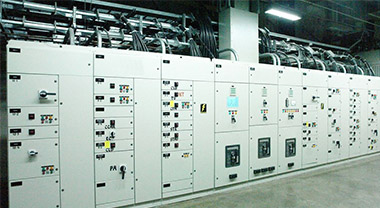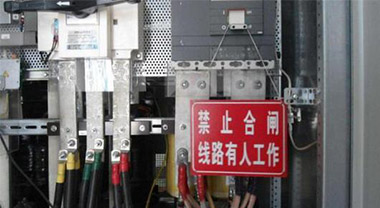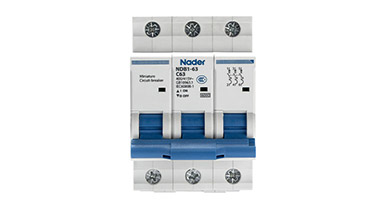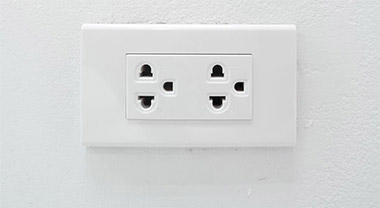Selection guide for building low-voltage circuit breakers
It is the most widely used terminal protection electrical appliance in building electrical terminal power distribution devices. It is used for single-phase and three-phase short-circuit, overload, overvoltage protection under 125A, including single-pole 1P, two-pole 2P, three-pole 3P, and four-pole 4P.
In the design of civil buildings, low-voltage circuit breakers are mainly used for line overload, short circuit, over current, loss of voltage, under voltage, grounding, leakage, automatic switching of dual power supplies, and protection and operation of infrequent starting (9 types) of motors. use,
Circuit breaker selection
⑴ The coordination of the circuit breaker and the circuit breaker should consider the instantaneous release action value of the upper-level circuit breaker, which should be greater than the maximum expected short-circuit current at the outlet end of the lower-level circuit breaker. If the impedance value of the loop element is small when the two-level circuit breaker is short-circuited, If the short-circuit current value is not much different, the superior circuit breaker can choose a trip unit with short time delay.
⑵ When the short-circuit current is greater than or equal to the setting value of its instantaneous release, the current-limiting circuit breaker will trip within a few milliseconds. Therefore, it is not suitable for the lower-level protection appliances to use a circuit breaker to achieve selective protection requirements.
(3) For a circuit breaker with short delay, when its time limit is set at the maximum delay, its making and breaking capacity decreases. Therefore, in the selective protection circuit, consider choosing the short delay making and breaking capacity of the circuit breaker to meet the requirements.
⑷ It should also be considered that the short-circuit delay return characteristic of the upper-level circuit breaker and the action characteristic time curve of the lower-level circuit breaker should not intersect, and the short-delay characteristic curve and the instantaneous characteristic curve should not intersect.
⑸ When the circuit breaker and the fuse are used together, the coordination of the upper and lower levels should be considered. The ampere-second characteristic curve of the circuit breaker should be compared with the ampere-second characteristic curve of the fuse, so as to have protection selectivity in the event of a short-circuit current.
⑹ When the circuit breaker is used for the protection of the distribution circuit, a circuit breaker with a long delay action overcurrent release should be selected. When a single-phase grounding short circuit occurs at the end of the line, the short circuit current is not less than the instantaneous or short delay overcurrent of the circuit breaker 1.5 times the set current of the trip unit.




